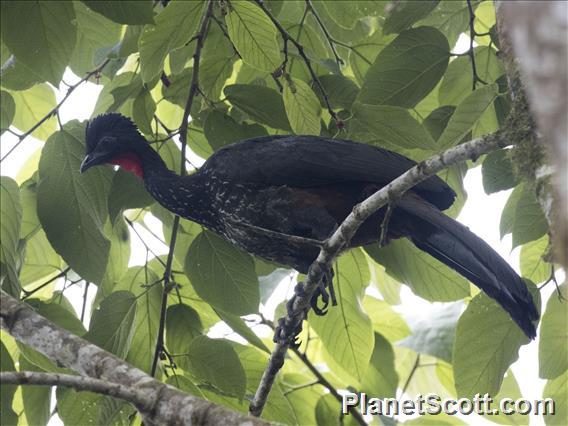Crested Guan (Penelope purpurascens)

Crested Guan (Penelope purpurascens)
×


Crested Guan (Penelope purpurascens)
About Crested Guan (Penelope purpurascens)
- Kingdom: Animals
- Phylum: Chordates
- Class: Birds
- Order: Turkey-like birds
- Family: Chachalacas, Guans, and Curassows
The crested guan is a Near Threatened species in an ancient group of birds of the family Cracidae, which are related to the Australasian megapodes or mound builders (Megapodiidae). It is found from central Mexico through Central America and in Colombia, Ecuador, Peru, and Venezuela.
Source: Wikipedia
Lifelists
Visits
-
2009-02-03
Los Tarrales, Guatemala -
2009-03-09
Cana Station, Panama -
2009-03-11
Pirre Cloud Forest Camp, Panama -
-
-
-
-
-




